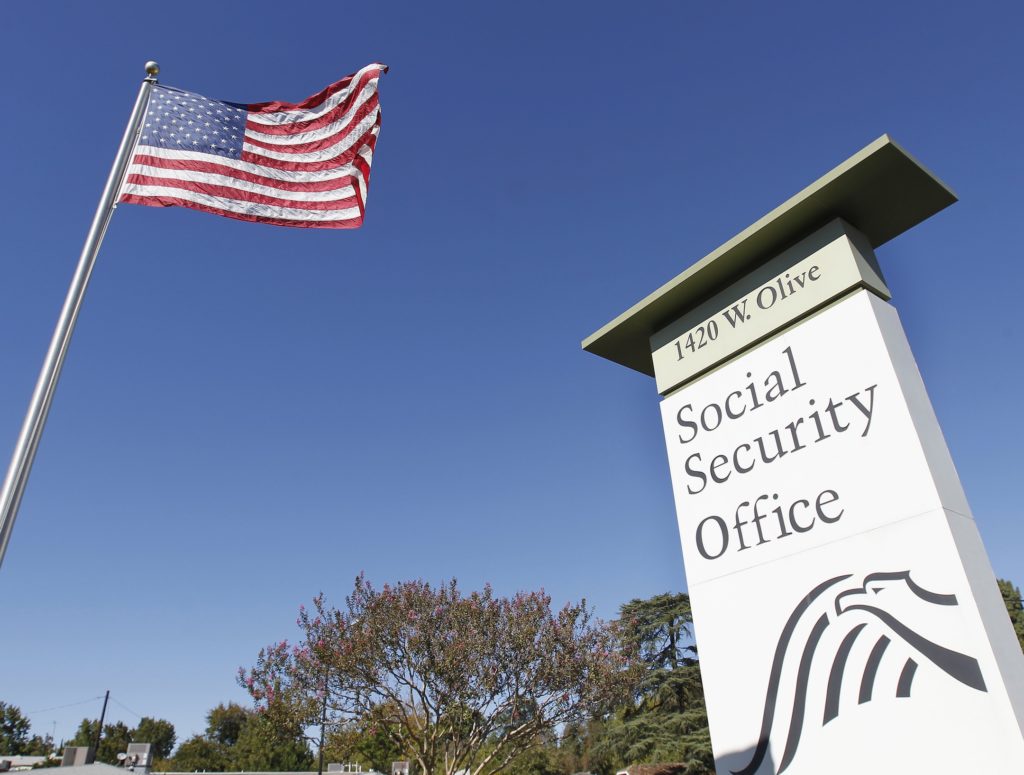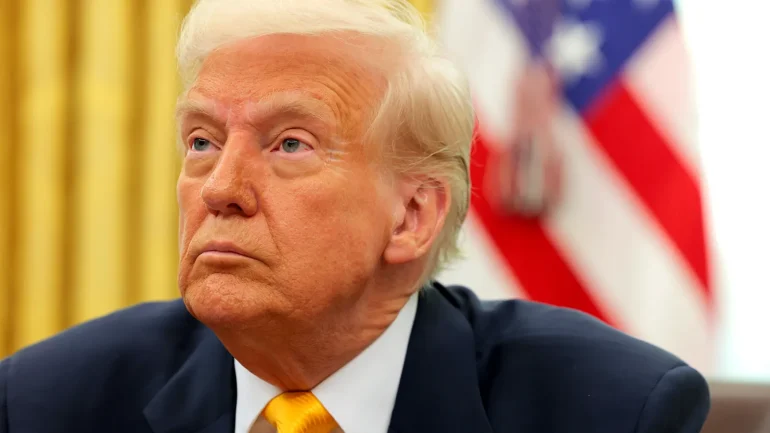A leaked Social Security Administration (SSA) memo has exposed a Trump administration plan that could disrupt benefits for millions of Americans. The document, obtained by Popular Information and confirmed by The Washington Post and Axios, warns that these changes could cause significant processing delays and restrict access to Social Security benefits. Despite former President Donald Trump’s assurances that Social Security would not be cut, the memo details drastic procedural modifications that could make it more difficult for many to receive their benefits.
The memo, signed by Acting Deputy SSA Commissioner Doris Diaz, claims to target Social Security fraud, but its measures suggest widespread reductions in access. It proposes significant cuts and stricter verification requirements that may disproportionately affect vulnerable populations. Even the SSA document itself acknowledges the negative effects, such as service disruptions, operational strain, and hardship for seniors, disabled individuals, and low-income Americans who rely on these benefits.
New SSA Identity Rules May Limit Access for Vulnerable Social Security Applicants
On March 18, the SSA confirmed that it was implementing stronger identity verification methods, which would be enforced within two weeks. Acting Commissioner Lee Dudek stated that the agency is modernizing its identity verification process to better protect Americans from fraud. However, the rapid transition has raised concerns about whether these new measures will make it more difficult for beneficiaries to access the benefits they depend on.

One of the most controversial changes would drastically limit telephone-based Social Security benefit claims. Under the new policy, applicants would need to verify their identity online or visit an SSA office in person. This would effectively eliminate fully remote applications, even though 40% of Social Security claims are currently processed over the phone. Critics argue that this move imposes unnecessary barriers, particularly for those without internet access or the ability to travel.
Eliminating phone-based claims would disproportionately affect elderly, disabled, and low-income individuals. Many of these individuals lack internet access or face physical challenges that make in-person visits difficult. The memo concedes that the change will create “increased challenges” for these groups. Critics warn that this could be an intentional effort to discourage applications and reduce the number of beneficiaries by making the process more burdensome. The SSA memo itself anticipates legal challenges and congressional scrutiny.
SSA Staff Cuts and Verification Changes May Cause Severe Service Delays Nationwide
Shifting claims from phone-based to in-person verification could drive 75,000 to 85,000 additional visits to SSA offices every week. This would add to an already overwhelmed system, where field offices currently serve around 119,000 visitors per day, with appointment wait times averaging over a month. Given that many offices have eliminated same-day walk-in services, the additional strain could lead to extreme delays, potentially preventing eligible recipients from accessing their benefits.
Further complicating matters, the SSA recently announced plans to lay off 7,000 employees, roughly 12% of its workforce. This comes at a time when in-person visits are expected to rise dramatically due to the new verification process. Although Dudek argues that requiring employees to work in-office five days a week will help manage the increased demand, critics contend that reducing staff while increasing service requirements will only deepen the crisis.
Social Security recipients and future applicants are advised to take proactive steps to prepare for potential delays. Setting up a “my Social Security” account online, keeping personal documents organized, and planning for longer processing times can help mitigate issues. Additionally, staying informed about policy changes and being cautious of scams is essential. While SSA has partially walked back some of these restrictions, watchdogs warn that the agency may still attempt to limit phone-based applications through indirect means. The future of these proposed changes remains uncertain, with legal and congressional battles likely ahead.

